Articles
SIRC articles provide evidence-based and actionable insights from sport researchers, athletes, coaches, sport organizations and thought leaders to advance sport in Canada.
Featured Article
Concussions in Sport: What Parents Need to Know About the Youngest Athletes
Each year in Canada, more than 200,000 athletes experience a concussion. The numbers are striking, and so is the fact that until recently, the youngest athletes were almost absent from research and public conversation about these injuries. Dr. Miriam Beauchamp is a professor at the University of Montreal, a researcher at Sainte-Justine Hospital, and Canada…
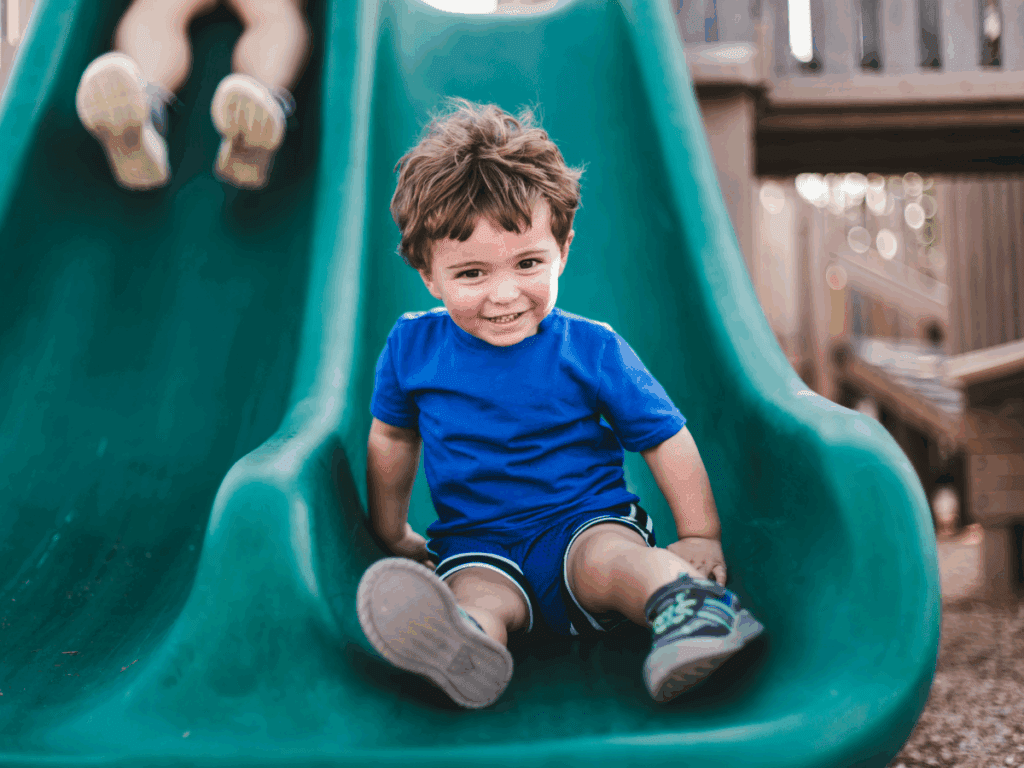
Search Articles
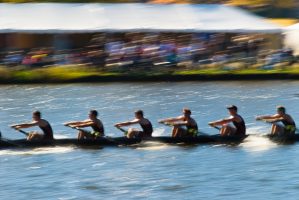
In 2017, The Economist boldly published that data, not oil, was the world’s most valuable resource (Parkins, 2017). Sport organizations produce more data than most organizations, ranging from athlete training and performance tracking to business-related information, such as memberships and...
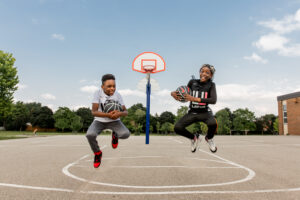
Ask the experts: Q&A with Chris Penrose about learning from and communicating evaluation findings
September 8, 2021
| Corliss Bean, Caroline Hummell and Chris Penrose
You’ve carefully planned your evaluation, collected data and compiled results. Now what? Brock University’s Corliss Bean and Caroline Hummell spoke with Chris Penrose of Lay-Up Youth Basketball for SIRC’s Experts in the House mini-series on Mastering the Art of Evaluation,...

Project Echo: A movement to make Para sport a better place for all
September 1, 2021
| Erin Pearson and Laura Misener, Western University
The global COVID-19 pandemic has highlighted inequalities that many people experience, particularly the disparities experienced by persons with disabilities. According to the COVID-19 Disability Survey, over 50% of respondents noted that during the pandemic their needs weren’t being met in a...

The True Sport Experience: Bringing physical and ethical literacy to life in and out of the classroom
August 25, 2021
| the Canadian Centre for Ethics in Sport
Physical and health education teachers and coaches are experts at helping kids learn new skills. By patiently walking students through each learning step, they build the blocks of learners’ physical literacy. However, sport and recreation experiences aren’t built on physical...

Toolkit: Mastering the Art of Evaluation
July 21, 2021
|
Every success story is a tale of constant adaptation, revision, and change.Richard Branson Evaluation is as an essential organizational practice in the sport sector. However, many stakeholders do not receive sufficient training or the time, funding, or staffing to engage...

The evolution of the active economy
July 19, 2021
| David Legg and David Finch, Mount Royal University
Highlights In November 2018, Calgarians participated in a plebiscite to decide if the city should proceed with a bid to host the 2026 Olympic and Paralympic Games. Calgary’s shot at hosting its second Olympics and first Paralympics came to an end as 56.4% opposed bidding....
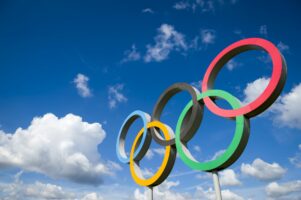
Preparing for an Olympic and Paralympic Games like no other
July 19, 2021
| SIRC with Teddy Katz
Highlights SIRC asked former sports journalist Teddy Katz to sit down (virtually) with leaders from the Canadian Olympic Committee (COC) and Canadian Paralympic Committee (CPC) for a behind-the-scenes look at the challenges of preparing for 2 Olympic and Paralympic Games amid...

The new normal? How digital innovation evolved the fan experience
July 19, 2021
| Adam Steiner and Veronica Allan, SIRC
Highlights Sport, like all industries, adapted to the challenges of the ongoing COVID‑19 pandemic. Competitions and events were cancelled or they continued in empty stadiums. Over the past year, high-performance athletes have become used to long periods of isolation and...
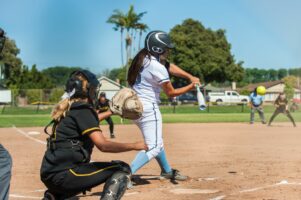
Tokyo, Beijing and a global pandemic: How 4 sports are advancing Safe Sport
July 19, 2021
| Jennifer Coletti and Veronica Allan, SIRC
Highlights Perhaps not surprisingly, the unofficial theme of the Tokyo 2020 Olympic and Paralympic Games has been ‘safety first.’ Postponed from 2020 to 2021 due to the COVID‑19 pandemic, the Summer Olympic and Paralympic Summer Games are scheduled to take place respectively from...

Building a culture of excellence in high performance sport
July 19, 2021
| SIRC with Own the Podium
Highlights An organization’s culture involves the values, attitudes and goals that are shared by a group of people. These values, attitudes and goals influence how the group interacts and operates as its members work toward a common goal. Within and...